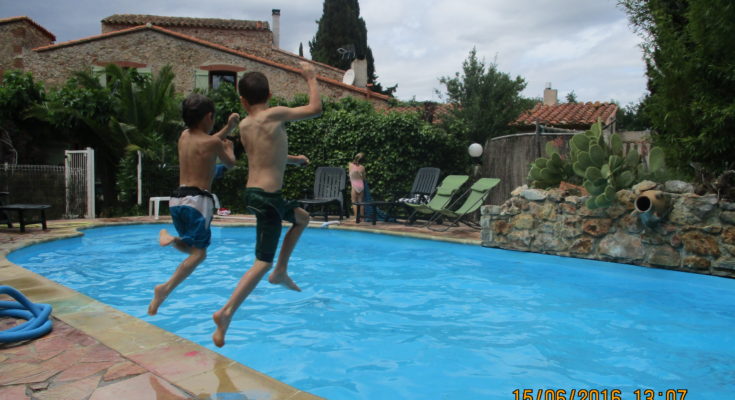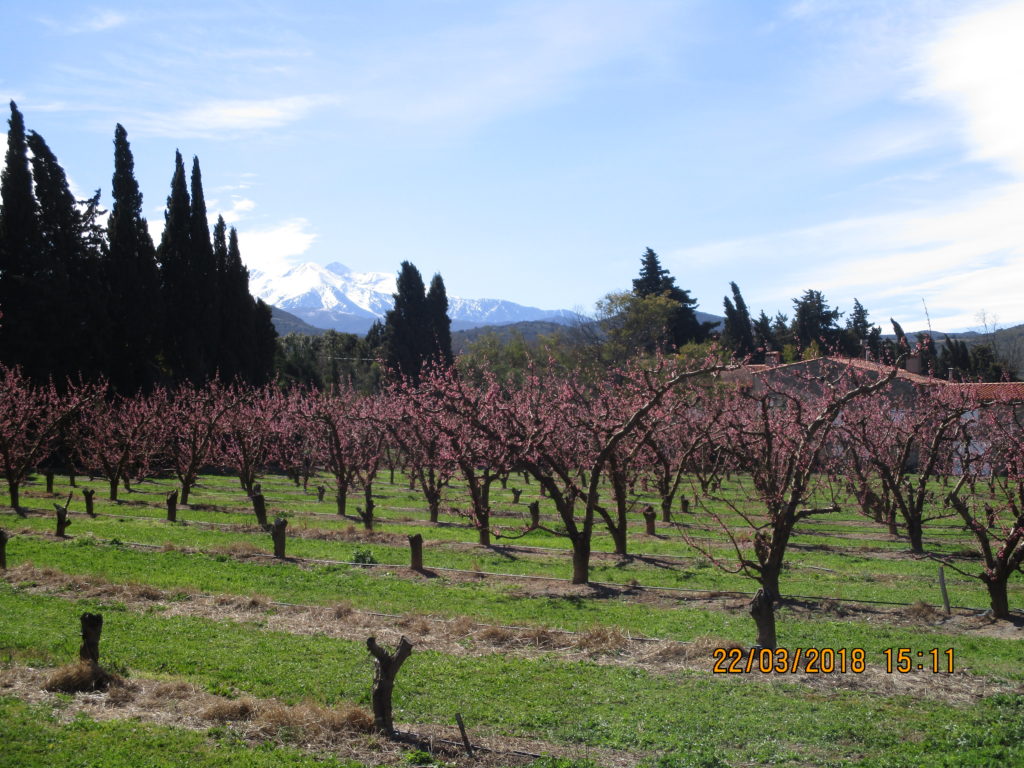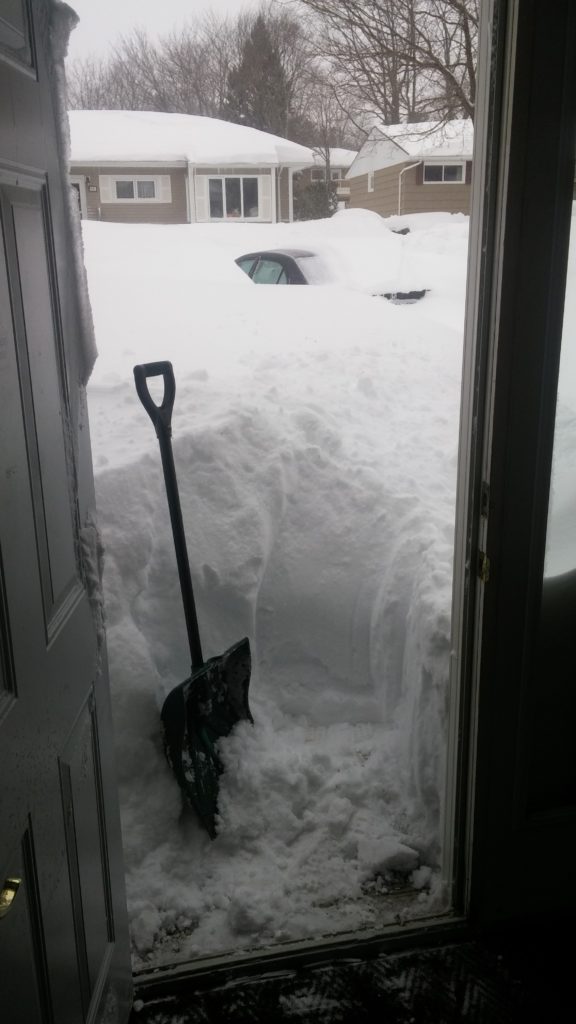South of France, or Nova Scotia?
Living in the South of France sounds -and is – rather luxurious. There’s lots of sunshine, fields of peaches and vineyards, a snow-capped mountain over your shoulder, and the Mediterranean off in the distance. Fortunately, we can live here, as a family of five, for the same as we live on at home, in a $300,000 detached home in Dartmouth Nova Scotia. Here’s how.
We go to France for the offseason, September through June, which nicely aligns with the school year, and then we head home for the summer high season.
By doing it that way, basic living costs; housing, food, and in our case, car and kid costs like school lunches and activities, as well as local travel, pretty nearly balances out with the costs in Canada.
Housing is the big one. By coming to France at the end of the summer season and planning to stay through the quiet “winter” season (hah!), we had our pick of villages, and of villas. The redone stone farmhouse we stayed in had a big garden and gorgeous pool. Set in peach fields just outside Thuir, with a big mimosa tree, jasmine, and mulberry trees, for 1200 euros/month plus utilities (up to 250 euros). Or $2160 Cad/month. The owner made her main income from the property in the summer season, at around $4900 CAD/week or $21,000 per month in summer. In Canada, after mortgage, large heating bill, utilities, property taxes, and insurance we were close to $2400/month (and rented our basement to students to help recoup costs). So, we were if anything a little ahead there.

Food is pricier in France. Seasonal vegetables and fruit are available for a reasonable price, but I miss my standby staples that are hard to find and pricey, black beans, hummus, salsa, peanut butter. Meats and fish are high in quality and high in price. Wine, however, is local, excellent, and a great buy, though perhaps our volume uptick overcompensates for the savings. We eat out more than in Canada, often after a good hike, but can usually enjoy the set menu of three courses for about 13 euros each plus 2.50 for a glass of wine.
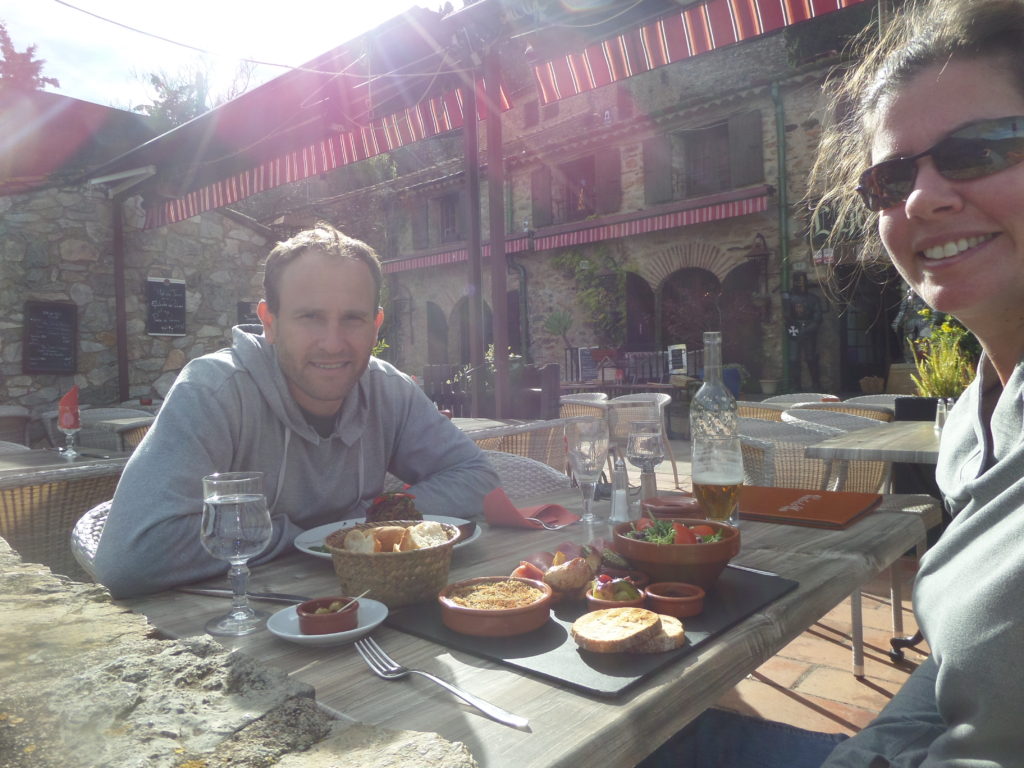
Then, a vehicle. We bought a used Zafira van (Opel, the European GM) for 3000 euros, having sold something similar in Canada. Insurance was similar. The process was a hassle but it now awaits us (parked in a caravan park with our camping gear, for 200 euros), ready for our return.
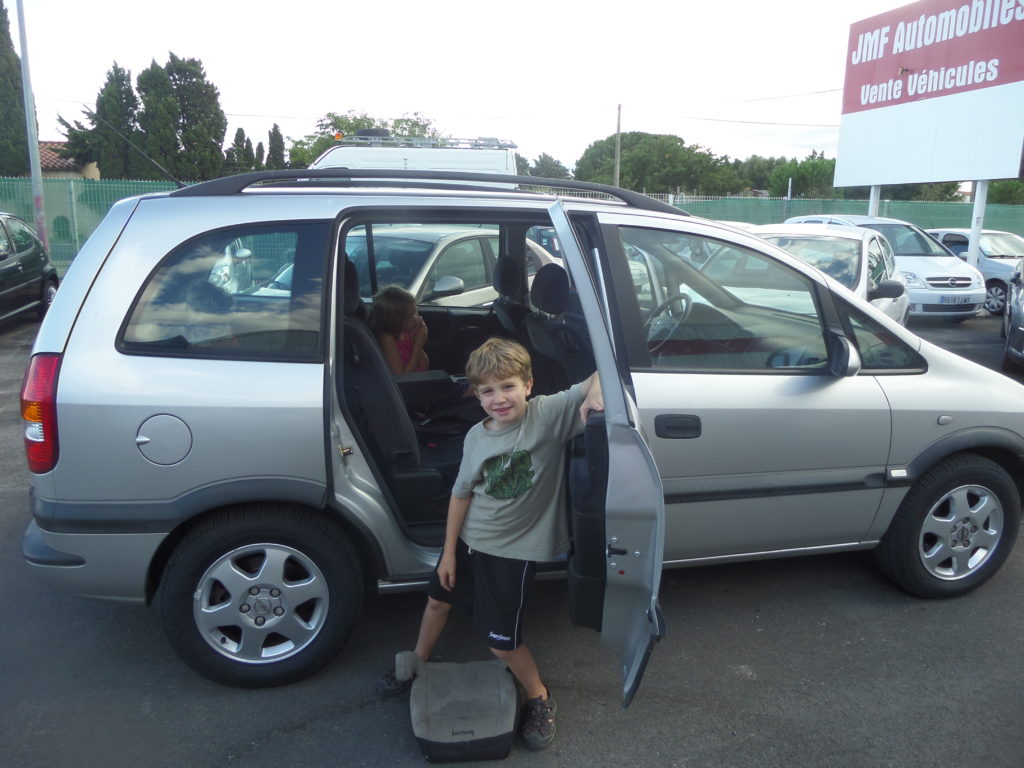
School lunches for the children are about 4 euros/day each and it felt very worthwhile. They ate like kings; lamb, duck, cheese courses, all the trimmings, it was an experience non-pareil for them and fun just to hear about for us. Plus it really simplified dinner into a light supper, soup, or eggs, or sandwiches. So that was $250 CAD/month well spent.
An extra cost to spending a lot of the year in France is the flights for five. Our flights this year, on August 28 2017, were $3420 for all of us from Halifax right to Perpignan, 10 minutes from Thuir. And by the time we buy our return tickets for the start of July we’ll be able to do it on points thanks to careful credit card usage. We research to find cards that waive the fee for the year, give big bonus points, and act as travel insurance, and then we cancel within the year to avoid the fee.
And then travel over the year on the kids’ school breaks (2 weeks after every 6 weeks of school!) can occur as budget allows. Morocco will probably be pretty irresistible on the budget airlines, perhaps $500 return for the flights for all of us.
So that’s a glimpse of how we can enjoy the experience of the South of France while remotely overseeing the properties (thanks to an amazing property manager) and keeping the living costs pretty comparable to what we would have spent at home. Extras are of course, extras: trips on the school vacations, the flights to get there, the vehicle, school lunches, eating out. Choose a location that is the same or less to live in as home, save up (save points) for flights, live where there is transportation, adjust as suits you. We could have lived in town and spent about equal to our costs at home for the year, but with the added trips, school lunches, flights, etc, we spent about 10,000 CAD more on our year away than we would have otherwise.
So, Winter A, or Winter B…?

